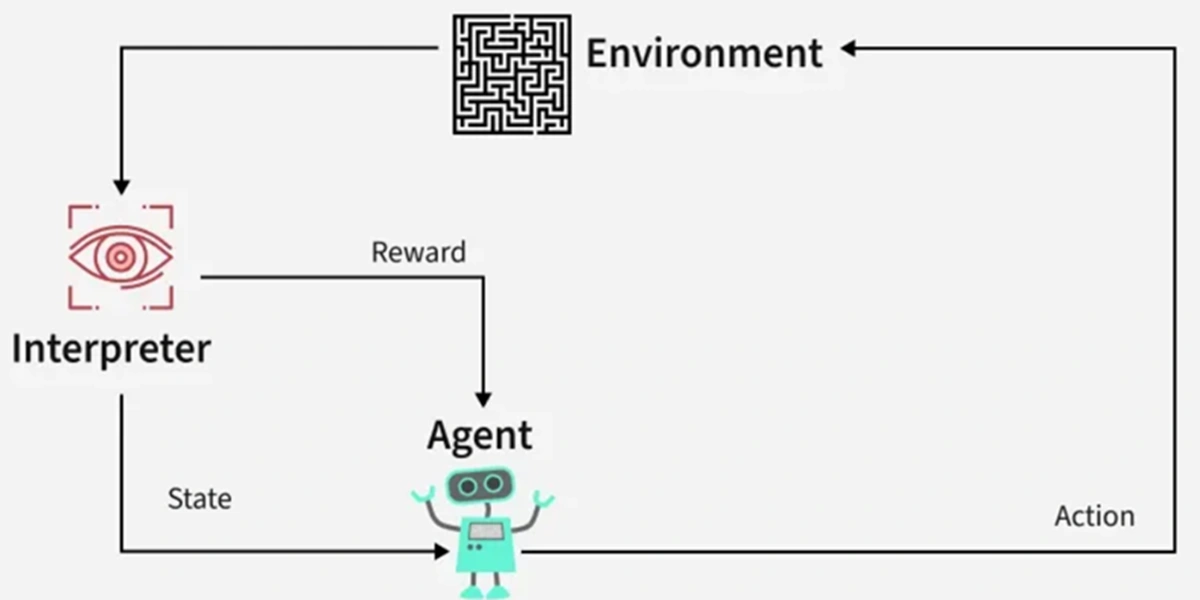Unified process (UP) is an architecture centric, use case driven, iterative and incremental development process. UP is also referred to as the unified software development process.

The Unified Process is an attempt to draw on the best features and characteristics of traditional software process models, but characterize them in a way that implements many of the best principles of agile software development.
The Unified Process recognizes the importance of customer communication and streamlined methods for describing the customer’s view of a system. It emphasizes the important role of software architecture and “helps the architect focus on the right goals, such as understandability, reliance to future changes, and reuse”.
It suggests a process flow that is iterative and incremental, providing the evolutionary feel that is essential in modern software development.
Phases of the Unified Process
This process divides the development process into five phases:
- Inception
- Elaboration
- Conception
- Transition
- Production
The inception phase of the UP encompasses both customer communication and planning activities. By collaborating with stakeholders, business requirements for the software are identified; a rough architecture for the system is proposed; and a plan for the iterative, incremental nature of the ensuing project is developed.
The elaboration phase encompasses the communication and modeling activities of the generic process model.
Elaboration refines and expands the preliminary use cases that were developed as part of the inception phase and expands the architectural representation to include five different views of the software the use case model, the requirements model, the design model, the implementation model, and the deployment model.
Elaboration creates an “executable architectural baseline” that represents a “first cut” executable system.
The construction phase of the UP is identical to the construction activity defined for the generic software process. Using the architectural model as input, the construction phase develops or acquires the software components that will make each use case operational for end users.
To accomplish this, requirements and design models that were started during the elaboration phase are completed to reflect the final version of the software increment. All necessary and required features and functions for the software increment (the release) are then implemented in source code.
The transition phase of the UP encompasses the latter stages of the generic construction activity and the first part of the generic deployment (delivery and feedback) activity.
Software is given to end users for beta testing and user feedback reports both defects and necessary changes. At the conclusion of the transition phase, the software increment becomes a usable software release.
The production phase of the UP coincides with the deployment activity of the generic process. During this phase, the ongoing use of the software is monitored, support for the operating environment (infrastructure) is provided, and defect reports and requests for changes are submitted and evaluated.
It is likely that at the same time the construction, transition, and production phases are being conducted, work may have already begun on the next software increment. This means that the five UP phases do not occur in a sequence, but rather with staggered concurrency.
| Read More Topics |
| Analysis, Software design |
| Decision making and Branching in C |
| The five layer reference model |
| Unique nature of web apps |
| Arithmetic assignment operator in C++ |





